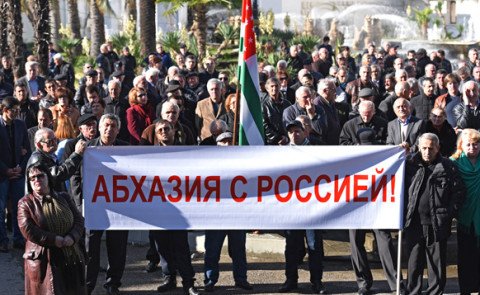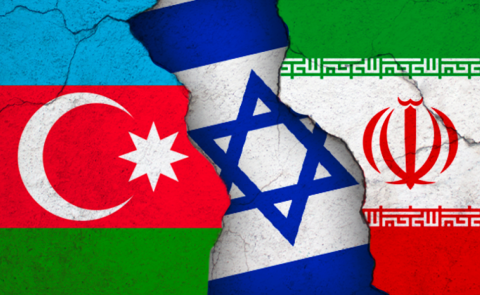
Armenia and Georgia Strengthening Trade and Infrastructure Under Global Shifts and Sanctions

Can Two Small Nations Navigate Sanctions and Reshape Regional Trade?
Armenia and Georgia, long seen as crucial transit hubs in the South Caucasus, are proving that smart investments and economic cooperation can drive growth - even amid global uncertainty. In just ten months of 2024, trade between the two nations jumped by 27% - a sign that stronger ties, infrastructure upgrades, and strategic policies are paying off (BM.ge).
Trade is booming - but what does that actually mean for businesses, supply chains, and everyday people? Can new transport projects, energy partnerships, and trade policies sustain this momentum?
As Armenia expands into new markets and Georgia refines its trade strategy, both nations are navigating opportunities and challenges. Their ability to adapt and collaborate will shape the economic future of the region.
Adjusting Trade Strategies Under Economic Shifts and Sanctions
Despite global uncertainties, trade between Armenia and Georgia is expanding rapidly. In the first ten months of 2024, trade turnover between the two nations hit $273.8 million, marking a 27% increase compared to 2023.
Georgia’s overall trade is also on the rise. In 2024, its total trade volume reached USD 23.435 billion, reflecting an 8.0% annual increase. However, a trade deficit of USD 10.314 billion highlights the need for a more balanced growth strategy (Civil.ge).
Armenia relies on Georgia’s Black Sea ports in Poti and Batumi for access to European and global markets, while Georgia benefits from Armenia’s role as a transit hub for trade with neighboring countries and other regional markets (World Bank, European Commission).
But trade expansion is not without challenges. Sanctions on major regional partners have created new economic constraints, requiring Armenia and Georgia to rethink their supply chains, financial transactions, and access to global markets.
Navigating Sanctions in a Changing Trade Landscape
Sanctions imposed on major trading partners in the region have added a new layer of complexity to Armenia and Georgia’s economic landscape. Both countries must carefully navigate restrictions on financial transactions, logistics, and market access while actively seeking new trade corridors and investment opportunities.
- Armenia is strengthening ties with alternative markets, securing new trade deals and investment routes to diversify its economy.
- Georgia is balancing foreign trade policies, ensuring compliance with regulations while keeping economic growth on track.
In response to these challenges, both nations are refining their economic strategies - diversifying markets, modernizing trade policies, and investing in regional stability to maintain steady growth.
Upgrading Infrastructure to Support Trade Growth
To remain competitive, Armenia and Georgia are investing in key infrastructure projects to improve efficiency, connectivity, and trade reliability.
- North-South Transport Corridor – A vital trade route linking Iran, Armenia, Georgia, and Russia. Armenia’s Sisian-Kajaran road project is receiving €236 million in funding from the European Investment Bank (EIB) to expand road capacity and reduce transit delays (EIB).
- Rustavi-Sadakhlo Highway – The Georgian government is building a 30 km four-lane highway, including 11 bridges and crossings, to speed up trade with Armenia (Armenpress).
- Armenia-Georgia Electricity Interconnection – A major energy-sharing project designed to modernize power trade, ensuring more stable electricity exchanges and reducing supply disruptions (Trade.gov).
As sanctions reshape supply chains, these infrastructure projects will be key to keeping Armenia and Georgia’s economies connected to global markets.
Investing in Energy for a Sustainable Future
Beyond infrastructure, energy security has become a top priority. Armenia has been a key electricity supplier to Georgia, and now both countries are building a more integrated energy market.
- Caucasus Transmission Network – A transformative project aimed at boosting cross-border electricity trade, ensuring a stable power supply and reducing transmission losses (EEAS).
- Renewable Energy Expansion – Armenia and Georgia are investing in solar, wind, and hydropower to decrease fossil fuel reliance and secure long-term sustainability.
However, energy integration challenges remain. Regulatory differences between the two countries make full cooperation complex, and large-scale investments require long-term financial backing (Eurasia Group).
What’s Next?
To sustain economic growth and navigate sanctions-related challenges, Armenia and Georgia should:
- Expand Trade Agreements – Strengthen global trade ties and open new investment opportunities.
- Improve Customs and Logistics – Digitalize border processes to cut bureaucratic delays.
- Invest in Renewable Energy – Scale up green energy solutions for long-term sustainability.
- Enhance Transport Networks – Complete the North-South Corridor to boost trade efficiency.
Despite economic challenges, Armenia and Georgia are proving they can navigate global sanctions while maintaining strong trade and investment ties. Their strategic location, growing trade networks, and infrastructure investments provide a solid foundation for economic resilience.
Will these strategies be enough for long-term success? Their future will depend on how well they adapt to shifting economic realities - and how effectively they collaborate.
Contributed by Siranush Grigoryan
See Also

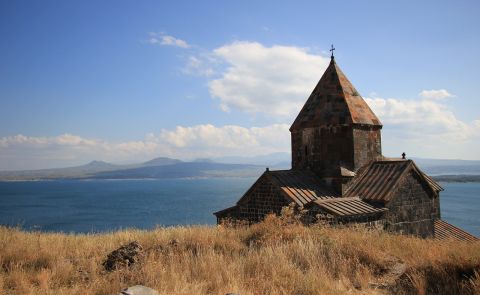
From Neorealism to Neoliberalism: Armenia’s Strategic Pivot in Foreign Policy After the Nagorno-Karabakh Conflict
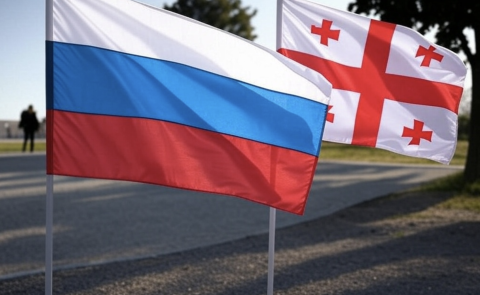
Georgia and Russia: New Turn in Bilateral Relations
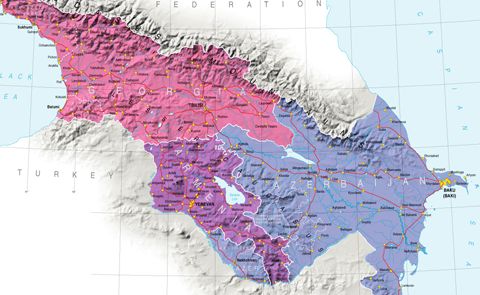
3+3 Initiative as a New Order in the South Caucasus

Economic Cooperation Between Armenia and Georgia: Potential and Challenges Ahead
